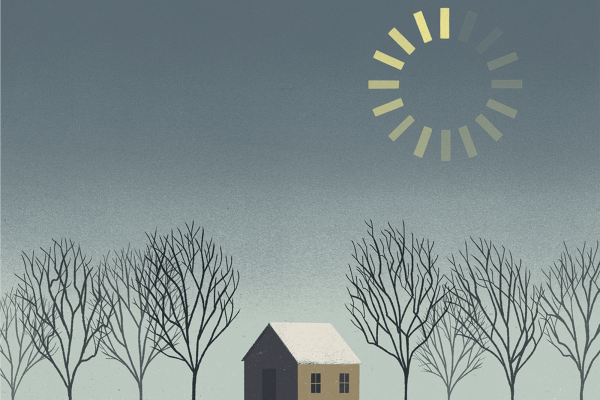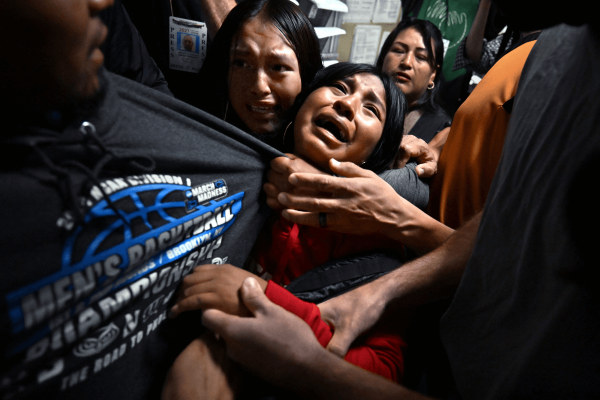FOR OVER A month now, like everyone else, I have been isolated at home. Here with me are my wife, Polly, and our two youngest sons, both college students. All of us are continuing our work and studies online, and our rural home has become a sort of cyber-monastery. We meet in the morning for daily Mass on YouTube, then peel off to our separate hotspots to toil through the day. We don’t have compline, but we do often reconvene to watch The West Wing.
This isn’t the life any of us would have chosen, but it’s probably good for the soul to surrender some of our precious, almighty power of choice, and it helps that almost everyone is going through this with us. But there’s one aspect of our locked-down life that we can’t attribute to the vagaries of a random virus, and it isn’t shared with most of our fellow citizens. Instead, it’s one of the many rank inequalities the COVID-19 crisis has exposed in American life.
Unlike most of you, we don’t have access to high-speed broadband internet. Two months ago, that might have seemed like a trivial complaint, but not now. And we’re far from alone. The best estimate says that there are about 42 million of us, about 13 percent of the U.S. population, mostly in rural America. Then there are all the people who could have access to broadband, but don’t, mostly because they can’t afford it. All told, about 30 percent of us are out here in the digital cold.
The Federal Communications Commission (FCC) defines broadband access as an average download speed of 25 Mbps (megabits per second). Today, mine is 0.4 Mbps. Obviously, you can’t run Zoom meetings on that. Instead, we’ve had to shell out big bucks to our cell phone provider for unlimited data. But phone service here is spotty, too, so that only gets us 2 to 5 Mbps, depending on where you are in the house.
We’re limping along with that, and our direct payment from Uncle Sam will help with the added expense. So we certainly aren’t among the most digitally impoverished. Meanwhile, I’ve heard from several of my students who depended on the university infrastructure of free internet, computer labs, and loaner laptops for their digital lives. Now they’re at home, using their data plans to try to get schoolwork done on smartphones or tablets.
For all of us in this lo-fi bind, it is an added stress in a stressful situation. And it grates to know that most people aren’t going through it. It grates even more to know how easily it could have been avoided. At this point, four presidential administrations have acknowledged the necessity of universal internet access for full participation in 21st century American life. And none of them have done anything significant to make it happen.
In late March, Congress passed a grand, bipartisan, $2 trillion COVID-19 relief package. The amount in that package for extending broadband internet to the underserved was, you guessed it, zero.

Got something to say about what you're reading? We value your feedback!







